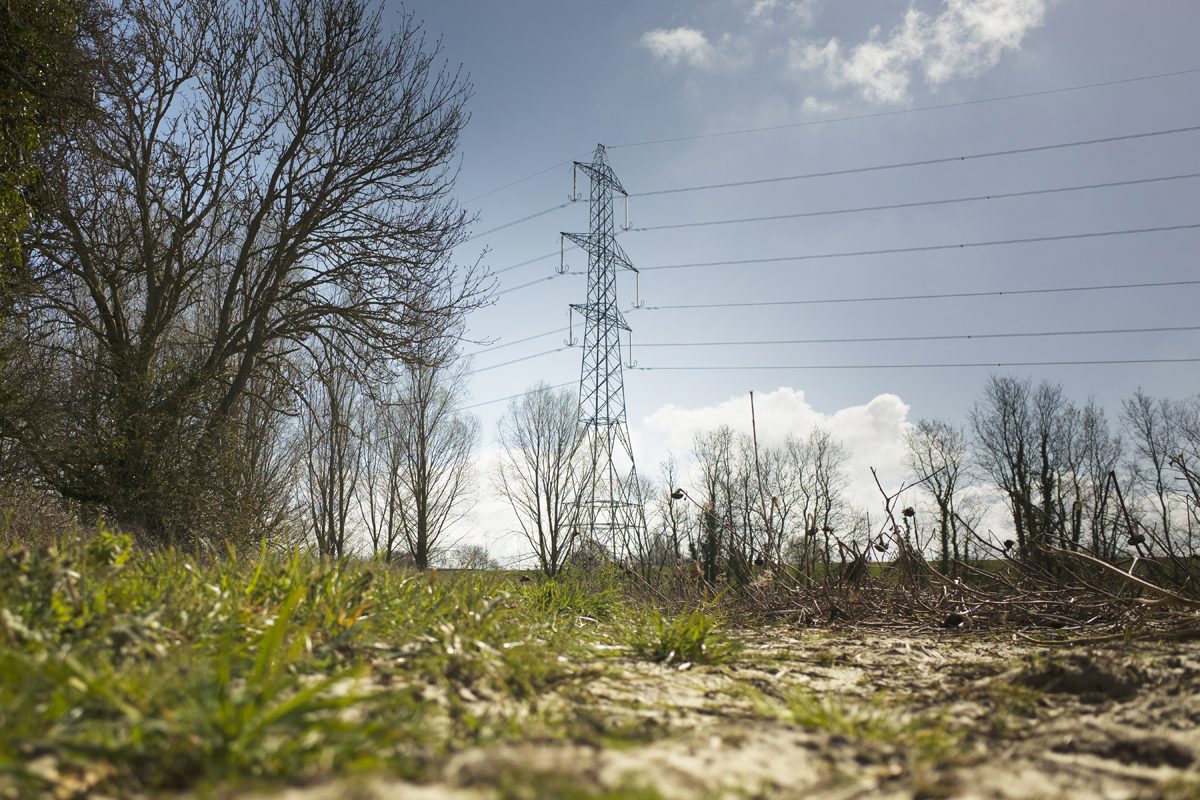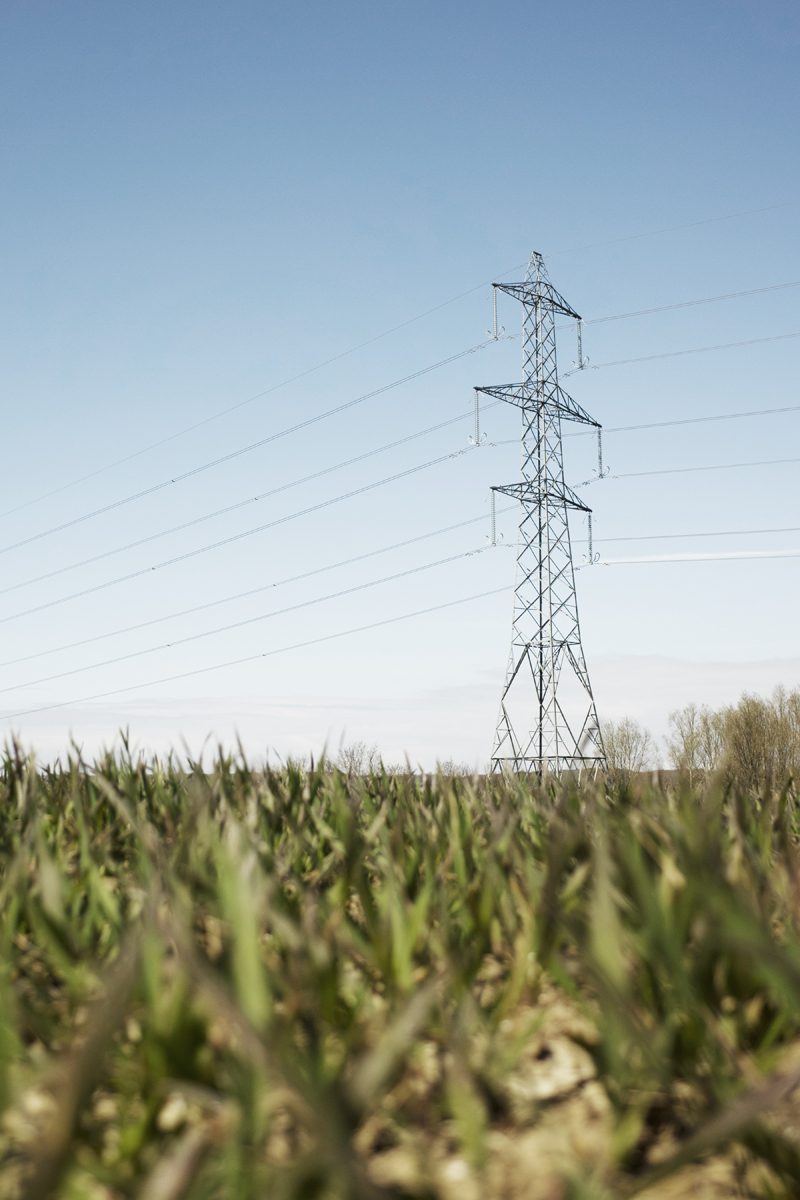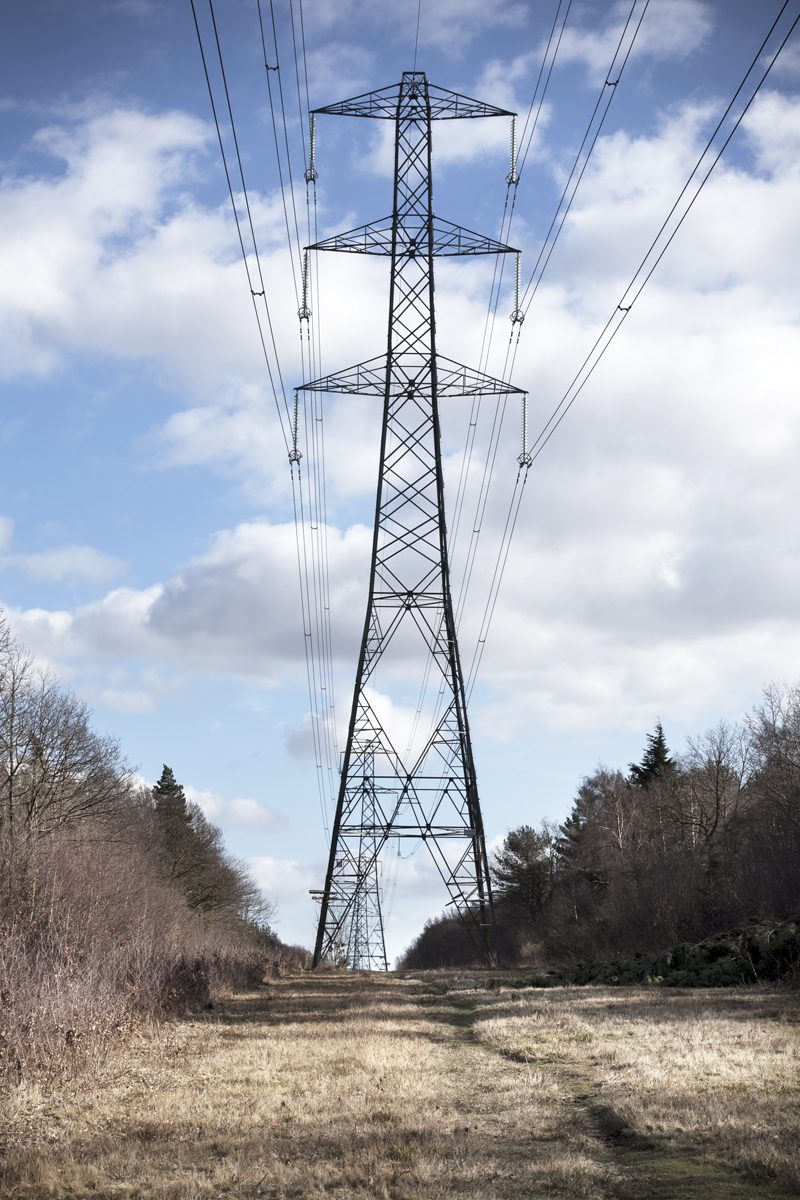
I decided to try out a new walk not far from the office and as I turned a corner of the field, there it was. A pylon. Standing, watching and waiting for me to blink first.
I’d like to think that animals can still teach us a thing or too, especially when it comes to sensing danger. The sight of mammals and birds avoiding high voltage power lines has been known for some time but, until recently, not the reason why they do it. Power cables act as neither a barrier to them nor are regularly associated with humans, unless the wildlife detect in them something is not quite right.
The fear of pylons gets passed down the animal generations as avoidance may persist for decades after the lines are built, hampering migration routes and stopping animals breeding with groups on the other side of pylons.
I might be with the animals on this one. My wariness of pylons could be as a result of the 1970s Public Information Films in which a selection of children invariably fall off substations or fly kites in power cables (a decade in which anything outside of the house – we were told – would surely kill you, if you managed to survive the hazards within (loose carpets, chip pan fires and playing with matches).
But it’s not.

The blame lies with a 1975 BBC children’s drama called The Changes, made in an era when the success of a children’s drama depended on whether it contained a large dose of violence, a splash or horror and an infusion of psychological damage. In this frequently harrowing sci-fi series, a lasting image for me is of pylons emitting a penetrating sound called “ the noise” and it’s this noise that compels people to destroy cars, televisions – any tech more complex than a scythe or a horsedrawn cart. Being the 1970s there wasn’t that much tech to destroy.
To this day, and whenever I have to go past a pylon my brain will deliberately, momentarily, hold me up long enough to pay homage to an old memory. For animals and birds, their fear is down to how they see pylons. Researchers from University College London (UCL), Moorfields Eye Hospital, London, UIT The Arctic University of Norway and the University of Oslo in Norway, believe that UV light emitted from power cables is a cause.

Power lines give off ultraviolet light as irregular flashes and as a sort of corona along the cables. Ultraviolet is invisible to humans but birds and some mammals are able to see it. And they don’t like it. They find it terrifying.
Scientists have shown how the distribution of power lines in Norway has been responsible for segregating herds of reindeer. But they also believe it could be affecting wild animal populations in Britain such as deer.
Perhaps it’s time to for me approach the deer about starting a support group.
Thanks to Sarah Knapton for extracts on her article about the science.

Thank you, both for writing down something similar to thoughts that have – incoherently – appeared in my head, and for the beautiful photographs.
Thank you Erica!